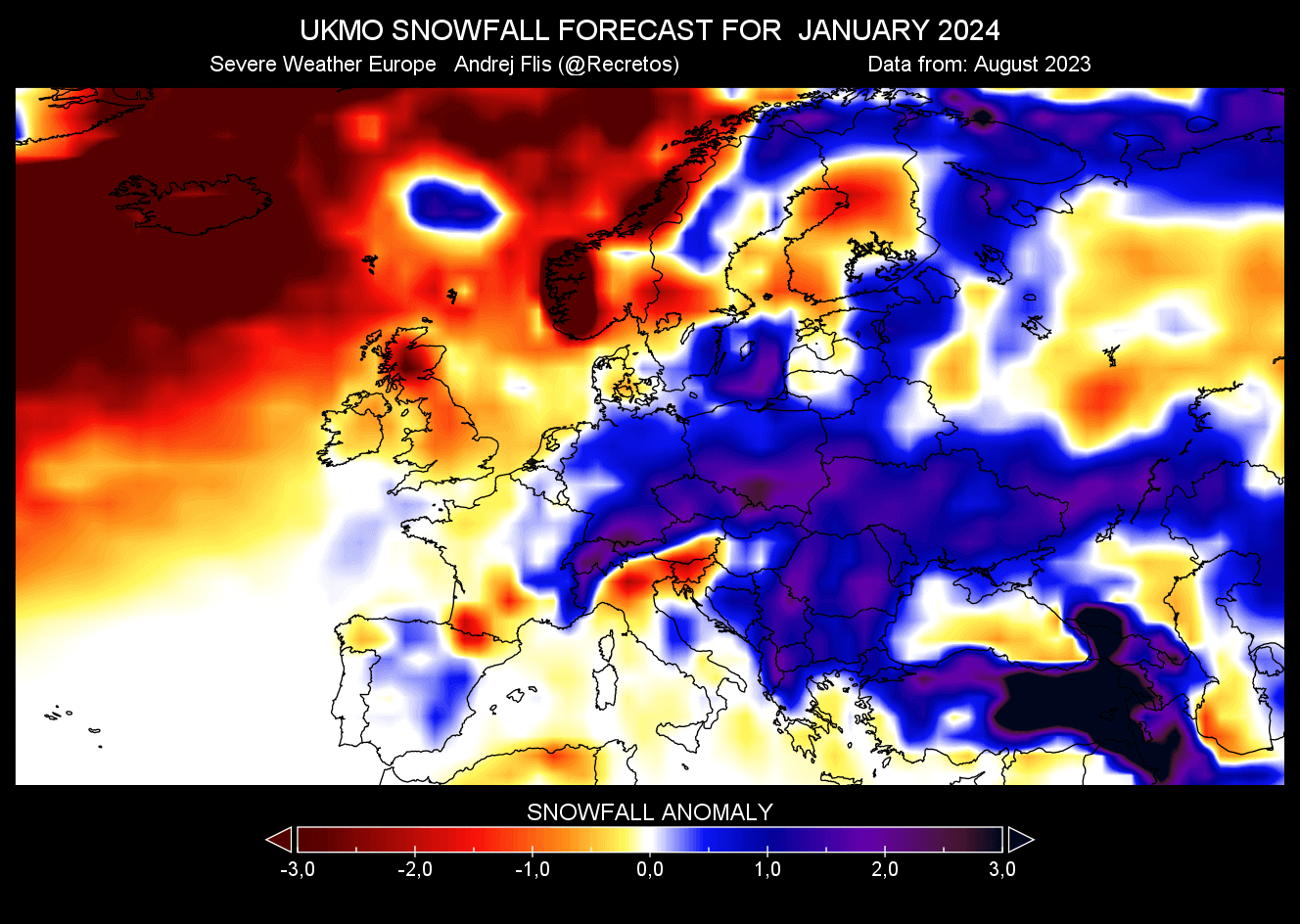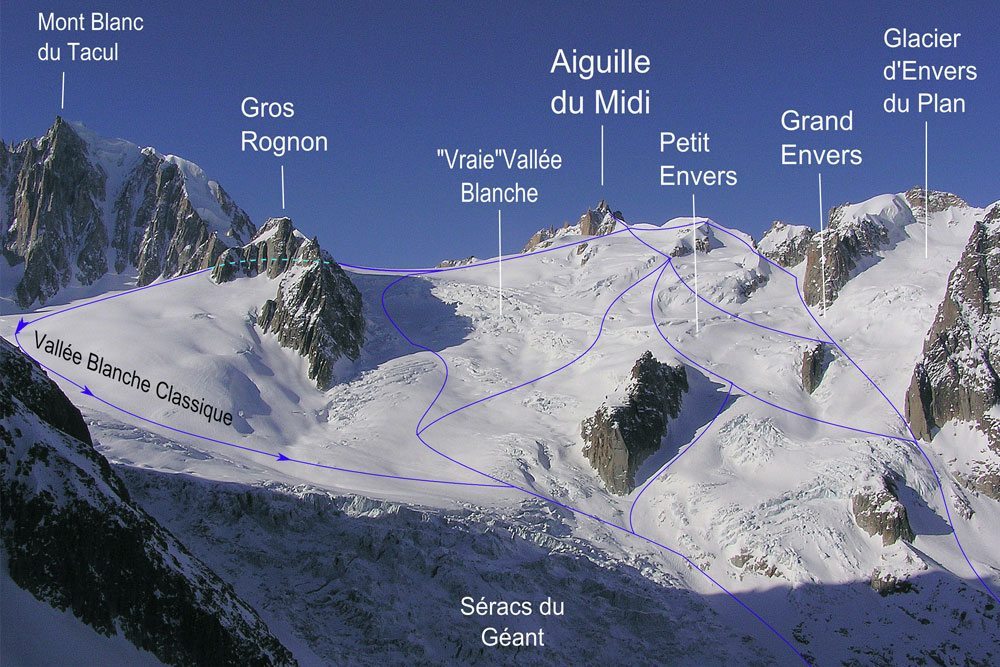Chasing the Snow to Europe?
With the snowfall forecast looking pretty dire in BC right now, maybe this season is the time to take a trip to the Alps. Here are a few of my thoughts on how to get there, and what to expect. You’ll see a focus on certain ski areas, as those are the ones I have spent time at.

Austria, and the Tyrol/Arlberg region especially has had a phenomenal start to the season. St Anton am Arlberg and Lech are showing 245cm/ 94.5 in on the ground as of today, with a storm forecast to drop another 30cm/12in in the next couple of days. As I wrote this overnight, I checked again this morning, and the Arlberg now has 360cm/142in as a base at higher elevations and just received 80cm/31.5 in overnight. But the rest of the Alps aren’t that far behind, with Alpe D’Huez, France sitting at 200cm/78.7in on the ground today, and Cervinia, Italy matching that total. See our lowdown on Alpe D’Huez here.
Getting to the Alps
It may seem like a bit of a mission to get to the Alps for skiing, and it can take some time, but there are some ways to make it simpler. Most of the bigger ski areas are within 4 hours at most of an international airport. The Alrberg region, as one example, is an hour and 15 minutes from Innsbruck by train. The trains run 12 times a day most days, and the train station is right in the center of the resort. For most of the airports that serve European mountain regions in the winter, the easiest flights will be to a hub, either Amsterdam or Heathrow, and then on. If you’re looking in France, then there are even more options. From London, served by Heathrow and Gatwick airports, you can take the Eurostar Ski train. This leaves London in the morning, on a Saturday all winter, and has you in one of the cities in the valleys below the big ski resorts in the late afternoon, returning on Sundays. For the Three Valleys Ski area you would get off at Moutiers, and for Les Arcs and La Plagne, Bourg St Maurice. This is perhaps the most environmentally friendly way to make such a trip.
It would be rare to need a hire car for such a trip, as once you’re in these ski areas, there is no need to drive anywhere. Ski buses are frequent in most places, and the lift systems interlink all the villages within the larger ski areas mentioned above. You can find yourself having skied a slackcountry run for 10km down to another village, then to take a couple of chairlifts back to the ridgeline to ski back into the valley you’re staying in. A note of caution with this though, make sure you know what time those lifts close for the way back. Many have been stuck with a huge cab bill to get home!
There is another way to get into the alps, that feels more like a lodge based trip. In the UK there are chalet holiday companies. They provide flights from UK airports, transfers to the resorts, and accommodation, including three meals a day, and a cleaning service. For those from North America, consider it the same idea as a backcountry skiing lodge, dropped in the middle of a town, and expect the same kind of prices.
The backcountry skiing
As a backcountry skiing site, let’s focus on this side of skiing in the Alps. A couple of things to bear in mind.
Don’t be fooled by the lift access. You can find yourself in some complex terrain pretty quickly in some of these bigger ski areas. Some of the lift accesses, as in La Grave, or the Aiguille de Midi in Chamonix have little to no grooming at all, and are essentially the same as a heli or cat bump.
There are places that are obviously full-on backcountry. The Vallee Blanche in Chamonix, and the Stuben-Langen run in the Arlberg are the ones that spring to mind. If you are choosing to go find some of these, then hiring a local guide is the best way to go, in the same way as you would for a backcountry day in a new zone here.

Should you need rescue, it will cost a lot. That is, unless you purchase a “Carre Neige” or other insurance. The details are in the link, and will give you exact information as to what it covers. ( disclaimer: Read your insurance policy in detail to see what it actually covers. Carre Neige is just a suggestion). Due to the distances involved in rescues, and a lack of logging roads, a helicopter is the usual means of backcountry rescue, and hospital stays are not cheap.
The slackcountry gets skied out quickly in the big areas. There are 29.4 million skiers in France, Germany and the UK alone, and most of them will ski the bigger ski areas. For that reason it’s worth considering smaller villages with their own smaller ski areas, or that are linked to the bigger areas. Stuben am Arlberg, in the Arlberg. Les Menuires in Les Trois Valles, and Champery in The Portes Du Soleil spring to mind.
Culture
How can we speak about skiing in the alps without looking at food, drink and Apres Ski?
Every village has a restaurant, in fact in some places there is just a restaurant in the middle of nowhere, Such as the Ulmer Hutte just outside St Anton, which sits at the bottom of a local backcountry run, at the end of a backroad. These range from cozy little local raclette huts to full on Apres Ski clubs on the mountain. The latter include The Mooserwirt and Krazy Kangaruh in St Anton, which are directly across the main groomer down to the town from each other, and La Folie Douce in Val D’Isere. For some of these the only way down is to ski, so keep that in mind when the shots start coming!

This has just been a quick overview of some of the things to consider if you’re jonesing for snow enough to book a trip to the Alps. With so many ski areas, countries and cultures, it’s hard to make an exhaustive list.
Ben Davies has been involved in the ski industry in many different facets for almost 30 years, including 5 seasons in the Alps, and 5 years selling ski vacations to UK clients.








